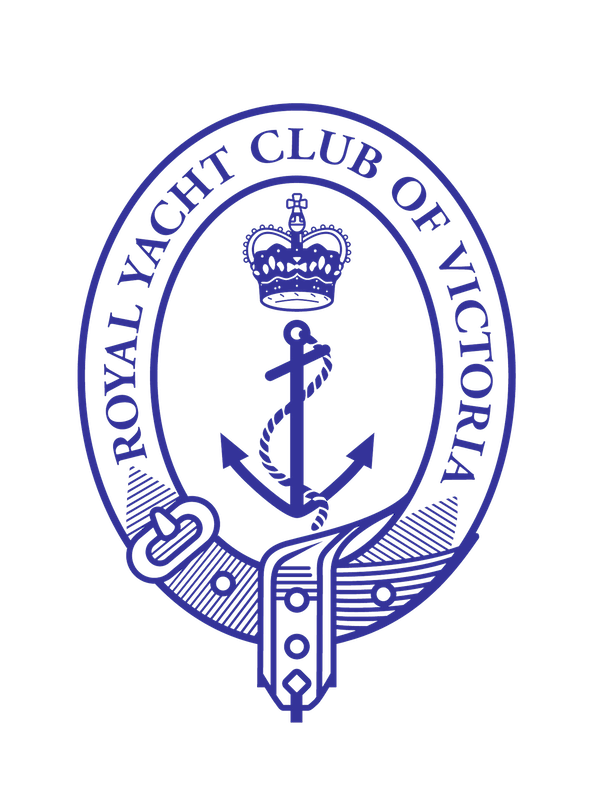
So you’ve decided to try sailing! Sailing is a fantastic sport and hobby to get involved in, so we can’t wait for you to get started. We’ve provided some handy tips below so you know what to expect on the water.
Learning the lingo…
To begin with, you might hear some terminology being used that you’re not familiar with – this is completely normal, and your instructor, the skipper (i.e. the captain) or an experienced crew member will be able to explain anything you don’t understand. Everyone learns at their own pace and with time it will all begin to make sense. However, if you’re really enthusiastic about developing your sailing knowledge, you can always do a quick internet search or watch some basic ‘learn to sail’ videos online before you arrive.
What to wear
If it’s your first time sailing, it’s best to wear comfortable clothes that are appropriate for the weather on the day – a t-shirt and shorts are fine if it’s warm. We recommend that you bring a rain jacket to protect you from the wind and spray. It’s also important to remember that is often a little cooler on the water than it is on land, so consider the skipper or crew’s advice, and dress in layers. You might get a bit wet so keep this in mind when selecting what clothes to wear.
It’s not necessary to buy any specialist sailing clothing for your first time on the boat, but you may consider this after you have been sailing for a while and if you would like to continue. Speak to your skipper or fellow crew members about the most appropriate gear and where you can get it from.
Shoes should be comfortable, closed-toed, non-slip, and non-marking. Avoid wearing shoes that may come off easily as you move around the boat and bare feet are also not recommended (and not allowed on some boats). Bring a hat, sunscreen and sunglasses (with something to stop them falling off if possible) to protect you from the sun and the wind – even if it’s a cloudy day.
Long hair should be tied back, and excessive jewellery should be removed so that it can’t be tangled in anything on the boat. Avoid bringing valuables on board as their may be limited space, and items may get wet, damaged or lost. It is extremely important that you have your hands free to get, around the boat while you’re sailing.
Life jackets
If you follow the instructor, skipper and crew’s directions, it’s unlikely that you will fall overboard during your time on the boat, but safety is the number one priority on the water and with this in mind, wearing life jackets or a personal floatation device (PFD) is usually a necessary precaution. Flotation devices are provided by the Club and must be worn at all times on the water during classes.
For certain types of boats, wearing a life jacket or PFD is mandatory regardless of your preference, and they are definitely recommended if you are not the most confident swimmer. Member owned keelboats must be equipped with life jackets or PFDs for it’s capacity, and while it may not be necessary at all times, you will be required to put one on (as a legal requirement) if instructed to do so by the skipper or the crew.
Other tips
- Use the bathroom facilities at the Club before you get on the boat, even if you know the boat has these facilities too.
- Follow the directions of the instructor, skipper or crew and ask questions if you don’t understand.
- Always hold on to something as you move around the boat – it can jolt, move or stop suddenly.
- Be careful not to sit or stand on ropes (usually called ‘sheets’ or ‘halyards’), and do not at any time wrap them around your hands.
- Keep your hands and fingers clear of the rope pulleys and devices (known as ‘winches’ and ‘blocks’).
- Keep your head low, avoid standing and duck immediately if your instructor, skipper or crew tell you to. In the middle of the boat you’ll notice a swinging, horizontal pole (called ‘the boom’) which can cause serious injuries if you get in its way!
- Don’t leave valuables such as phones, keys and wallets on the deck or in your pocket – they may fall overboard and will likely be impossible to retrieve.
- Tie on hats and sunglasses, they may fall overboard too!
- Don’t hang over the side of the boat (unless there is a legitimate trapeze of course) or drop items overboard.
- Let the Club, instructor or skipper know before you start sailing if you have a disability, illness or injury that might influence your ability to participate. This is unlikely to mean that you can’t sail – but it is important that they know just in case. Contact the Club or the skipper beforehand if you’d like to discuss exactly what physical activity sailing involves and determine what your limitations might be.
- Instructors will give you a safety briefing before you head out (and skippers may too), but if they forget, don’t hesitate to ask for one.
Most of all, have fun, and don’t hesitate to ask questions while you’re sailing!
